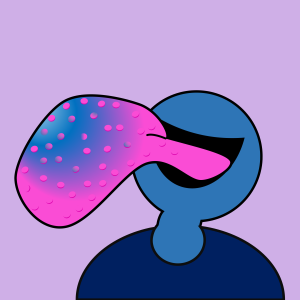Taste and Smell
34
Learning Objectives
Be able to describe what it means to be a non-taster, a taster, or a supertaster.
Know what is the typical distribution of tasters and supertasters in a population.
Supertasters are people with a genetic difference that means they have an extra kind of taste cell in their taste buds, one which signals a bitter sensation in response to PROP (6-n-propylthiouracil) or PTC (Phenylthiocarbamide).
A supertaster is a person who is able to taste things to a more extreme level. This is a result from the extra number of fungiform papillae on the tongue. With this extra amount of papillae, the individual is able to taste things better and more potently. A non-taster would be a person with much less fungiform papillae on their tongue, resulting in a lesser sense of taste. A taster is what is considered to be in between a non-taster and a supertaster.
In the 1960’s Roland Fischer was the first to link the ability to taste PTC to food preference and body type. Today, PROP has replaced PTC in taste research because of a faint sulfurous odor and safety concerns with PTC. Most estimates suggest that 25% of the population are nontasters, 50% are medium tasters, and 25% are supertasters. Women are more likely to be supertasters, as are people from Asia, South America, and Africa. Female supertasters tend to have a lower body mass index and better cardiovascular health. This may be due to the fact that supertasters do not have a high predilection for sweet or high-fat foods.

CC LICENSED CONTENT, SHARED PREVIOUSLY
Wikipedia, Supertaster
URL: https://en.wikipedia.org/wiki/Supertaster
License: CC BY SA 4.0
Adapted by: Savannah Vasek and Jordyn Obey
Cheryl Olman PSY 3031 Detailed Outline
Provided by: University of Minnesota
Download for free at http://vision.psych.umn.edu/users/caolman/courses/PSY3031/
License of original source: CC Attribution 4.0

